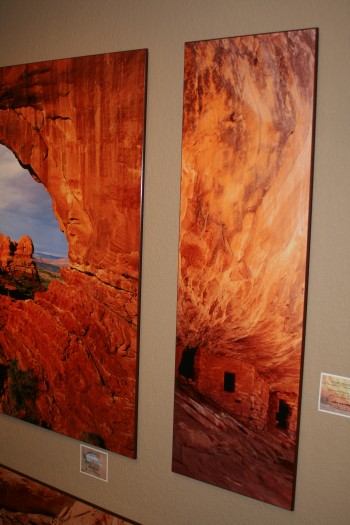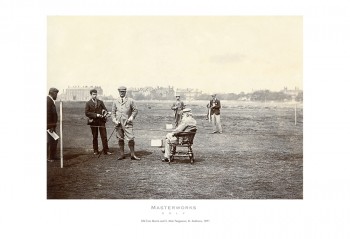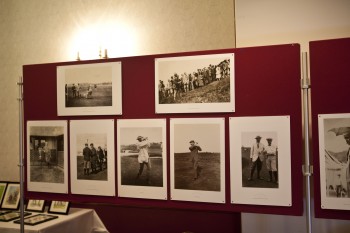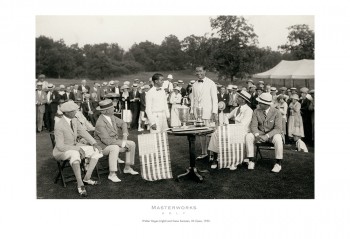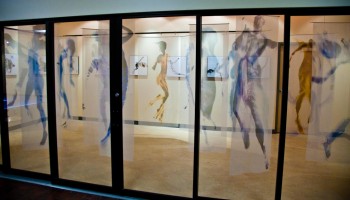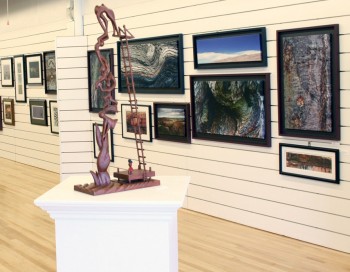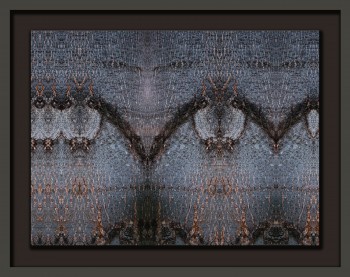PDN magazine announced the PDN Curator Awards, which PDN describes as the search for outstanding and undiscovered fine-art photography.
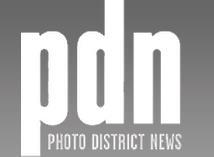 In addition to various prizes for winners – including a DSLR camera, PDN PhotoServe portfolio and a Gold Expo Pass to PDN PhotoPlus Expo in New York City – winning photographers will be featured in a New York City gallery exhibition this summer with an opening gala event.
In addition to various prizes for winners – including a DSLR camera, PDN PhotoServe portfolio and a Gold Expo Pass to PDN PhotoPlus Expo in New York City – winning photographers will be featured in a New York City gallery exhibition this summer with an opening gala event.
Winning images will also be published in the winners’ gallery in the July issue of PDN magazine and at PDNonline.com. PDN says that the winning work will be seen by industry photo editors, art directors and art buyers.
Categories include Portraits/Nudes, Installation/Still Life, Abstract/Mixed Media, Nature/Street Photography, Photo Essay/Reportage and Student work. Judges include Jen Bekman, Bekman Projects; Daniel Cooney, Daniel Cooney Fine Art; Sarah Hasted, Hasted Kraeutler; Sasha Wolf, Sasha Wolf Gallery; Claire C. Carter, Scottsdale Museum of Contemporary Art; Paula Tognarerlli, Griffin Museum of Photography; and Charles Guice, Charles Guice Contemporary.
The deadline to enter is March 26, and entry fees are $35 per image and $50 per series (a series must be related visually and is limited to six images.
Click here to enter the contest, and click on the following links to see past winners’ galleries: 2011 and 2012.


